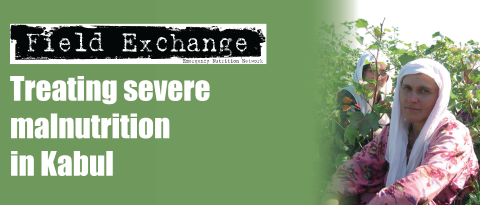Micronutrients Supplementation Can Redress Stunting Up to Six Years of Age
Published research1
Research was conducted between May 1998 and January 1999 at Saharawi refugee camps near the town of Tindouf in south west Algeria. After political changes during the 1970s, the Saharawi people fled their homeland in the western Sahara Desert, and for more than 25 years they have lived in one of the most inhospitable desert regions of the world in what can be defined as a permanent state of emergency. The basic food basket for the population consists of wheat flour, rice, lentils, sugar, oil, canned fish, canned meat, DSM, tea and yeast. Access to additional food items is limited, and few families can afford to supplement their rations with fresh produce.
A 1997 survey among Saharawi children aged <5 years indicated that 46% were stunted, 10% were wasted, and 70% were anemic. Multiple micronutrient deficiencies are often the basic cause of stunting and anemia. No generally accepted recommendations for micronutrient intakes for recovery from stunting are available.
The objective of the research was to assess the effect of a highly nutrient-dense spread fortified with vitamins and minerals, with or without anti-parasitic metronidazole treatment, in correcting retarded linear growth and reducing anemia in stunted children.
Saharawi refugee children (n=374) aged 3-6 years with initial height-for-age z scores <-2 were assigned to one of five control groups: fortified spread (FS), fortified spread plus metronidazole (FS+M), unfortified spread (US), unfortified spread plus metronidazole (US+M) or control. Supervised supplementation was given daily for 6 months. Weight, height, knee-heel length, hematologic indexes, parasitic infections, and morbidity were assessed at 0, 3 and 6 months.
Linear growth of children fed FS was 30% faster at three months than in US and control groups, after which height-for-age z scores increased only slightly in the FS group and remained unchanged in other groups. No additional benefits from metronidazole were observed. Increase in hemoglobin concentrations in the FS group at 6 months was twofold that in the US and control groups ( p< 0.0001), and anemia was reduced by nearly 90%.
FS and not US induces catch-up growth in stunted children whose diets are poor in micronutrients. Akey finding was that catch-up growth was achieved in children up to 6 years of age in contrast to the widely held belief that catch-up growth after the age of 3 years is unlikely for children with a history of growth faltering. An innovative aspect of this study is the use of energy-dense high-fat spread that allows delivery of high amounts of multiple micronutrients to high-risk groups. The spread is far more appealing to subjects than are the pharmaceutical preparations commonly distributed in most supplementation trials. It presents several advantages such as palatability, bacteriologic safety, protection against vitamin oxidation, and prolonged shelf-life. Convenience is perhaps the greatest advantage because FS comes in the form of a ready-to-eat snack food with no preparation required.
Clearly more studies are needed to confirm the efficacy of multiple micronutrient-fortified foods, including fat-based spreads and other novel approaches, in fighting the stunting syndrome among refugee populations before public health and nutrition policies about micronutrient supplementation among refugees are changed.
However, the trial does provides support for delivering multiple micronutrients to reverse stunting and reduce anemia in children up to age 6 years. Indeed even a 3 month supplementation course could produce a sizable health effect and this is a public health measure that can be sustained in most situations.
1Lopriore C et al (2004): Spread fortified with vitamins and minerals induces catch-up growth and eradicates severe anemia in stunted refugee children aged 3-6 years. American Journal of Clinical Nutrition, vol 80, pp 973-81, 2004.
Imported from FEX website


